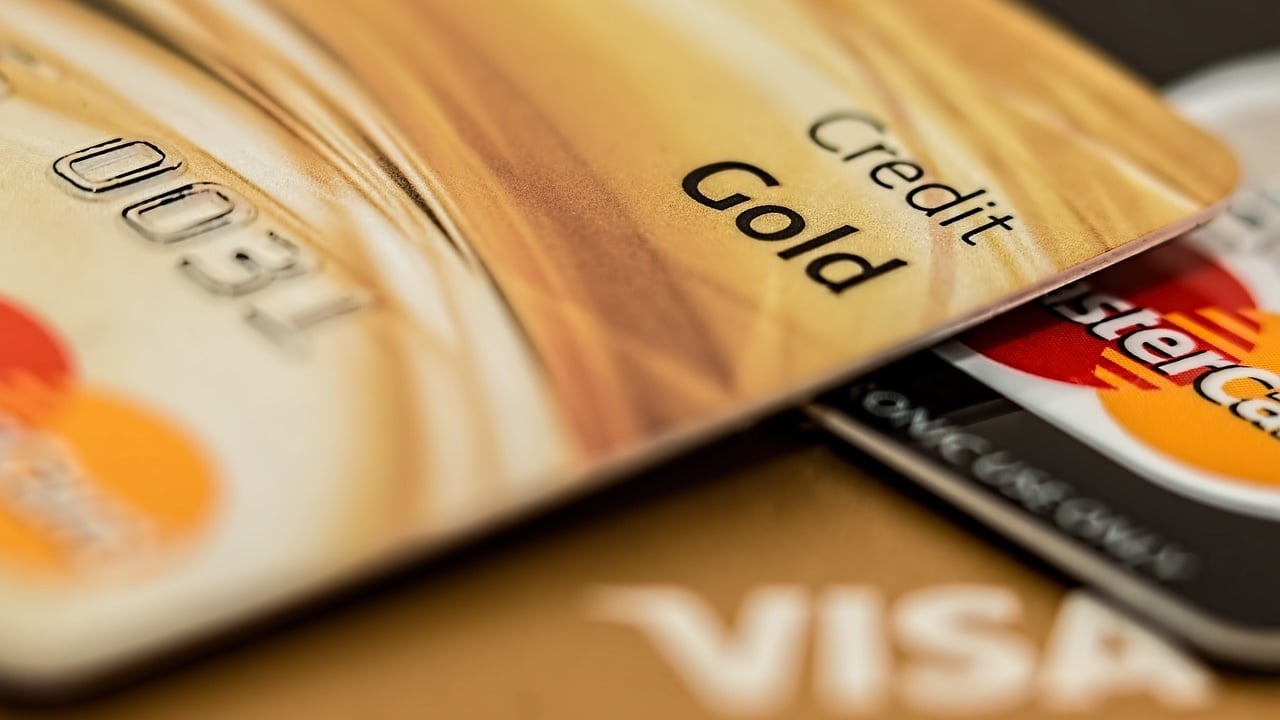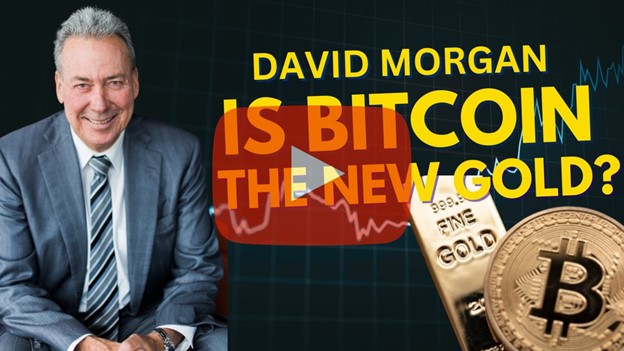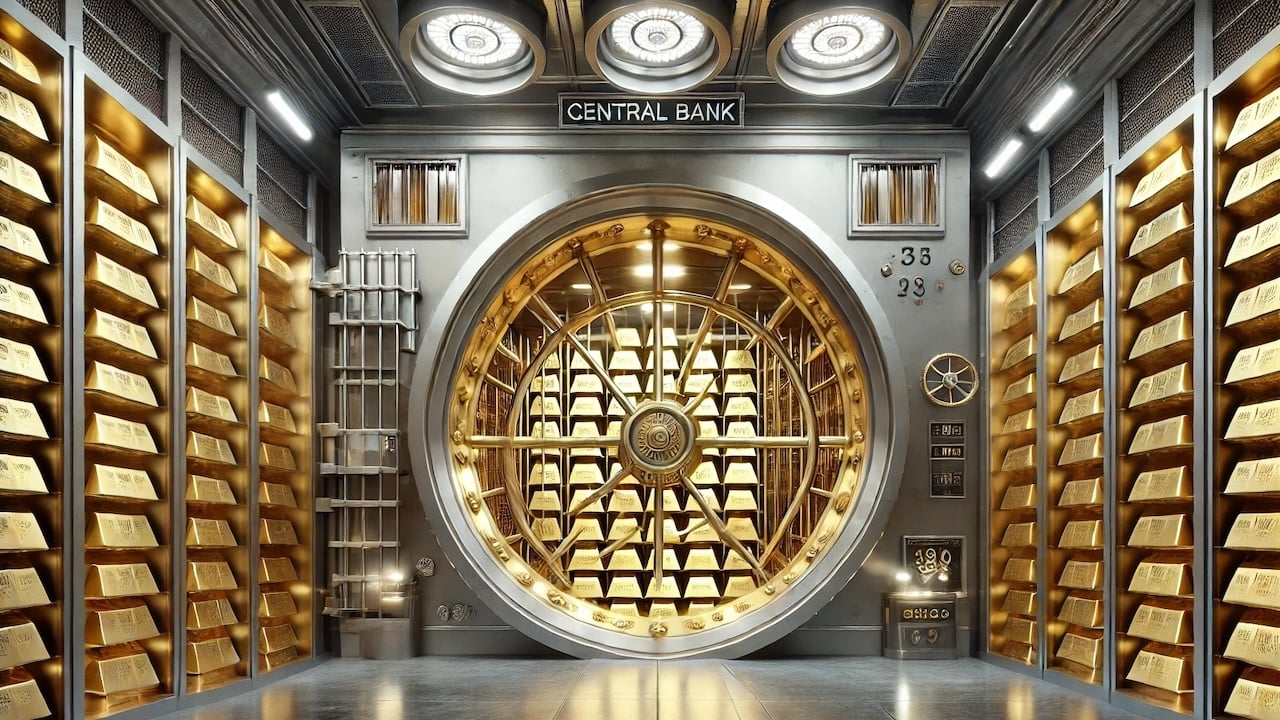Despite ridiculously high interest rates, Americans can’t seem to put their credit cards away.
That’s probably because their savings are gone. They have to make ends meet somehow.
After slowing for two straight months, consumer debt surged again in July, driven by an uptick in credit card spending and the biggest increase in non-revolving debt in months.
Total consumer debt rose by $25.5 billion, a 6 percent increase, according to the latest data released by the Federal Reserve.
Americans are now buried under a record $5.09 trillion in consumer debt.
The Federal Reserve consumer debt figures include credit card debt, student loans, and auto loans, but do not factor in mortgage debt. When you include mortgages, U.S. households are buried under a record level of debt. As of the end of the second quarter, total household debt stood at $17.8 trillion.
Non-revolving credit, primarily made up of credit card balances, surged by 9 percent ($10.6 billion) to $1.36 trillion.
The double whammy of rising debt and interest rates exacerbates the debt problem. Average credit card interest rates eclipsed the previous record high of 17.87 percent over a year ago. The average annual percentage rate (APR) currently stands at 20.78 percent, with some companies charging rates as high as 28 percent.
Americans are starting to struggle to pay those big balances. Roughly 9.1 percent of credit card balances have transitioned into delinquency in the last year and the pace is increasing.
Citigroup recently noted a shift in spending patterns that seems ominous. More consumers are using credit cards to pay for “basic needs,” with a notable slowdown in “non-vital” purchases.
In other words, people are using credit cards with 28 percent interest rates to pay for groceries.
That’s because they are likely tapped out. Savings rates have fallen to the second-lowest level during the post-quantitative easing era. The Personal Savings Rate cratered to 2.9 percent last month, down from 3.1 percent and the lowest since the Covid crash.
According to a recent survey, about 24 percent of consumers said their savings were completely depleted, and 80 percent have cut spending.
None of this bodes well for an economy that depends on consumer borrowing and spending to stay afloat.
There was a bit of good news if you think people borrowing money to buy things is an optimistic sign. For the first time in months, non-revolving debt, primarily reflecting outstanding auto loans, student loans, and loans for other big-ticket durable goods, spiked in July, rising by 4.8 percent. Non-revolving credit growth had been languishing in the 1 to 2 percent range for months. July’s increase in non-revolving debt was close to pre-COVID levels.
The jump in non-revolving debt could be due to student loans coming in for the upcoming school year.
Record levels of consumer debt coupled with a shift in credit card spending to basic needs reveals that American consumers are struggling to keep their heads above water.
The problem with an economy run on credit cards is they have this inconvenient thing called a limit.
Read the full article here












Leave a Reply